 Categories
Categories 
Calcium, phosphorus, and small quantities of fluoride are the main components of the mineral apatite, which is also known as hydroxylapatite. Compactional igneous minerals, soils, and rocks all contain it. Since apatite may be polished into a variety of forms and hues, it is frequently used for jewelry. These often seem green, but when heated to extreme degrees, they transform into brilliant shades of blue and yellow. Under UV light, apatite is one of the few minerals that really glows. It also has certain special qualities that make it useful in industrial applications.
Gem-quality apatite has a breezy Caribbean vibe because of its signature blues and greens. All the different tones of yellow lean towards the cooler shades at the end of the spectrum. Apatite is a popular gemstone because of the variety of hues it comes in. Because of its relatively low hardness (5 on the Mohs scale), this stone is best reserved for exceptional occasions. Color variations in gem-quality apatite are often attributable to the presence of rare-earth elements or natural irradiation, making it a one-of-a-kind stone. Cat's-eye apatite is a rare and valuable gemstone with a cabochon cut that is ideal for showcasing its chatoyancy. Instead of using a natural stone, you might use synthetically produced apatite. It's sturdy, convenient, and a great choice for people who like to flaunt its alluring hues every day.

Tanzania; Nigeria; Colombia; Zimbabwe; Mexico; Myanmar; Dominican Republic; Afghanistan; Brazil; Russian Federation; Namibia; Czechia; China; Morocco; Sri Lanka; Pakistan; Madagascar; Mozambique; Kenya; Canada; French Polynesia; and India.
The mineral apatite may be found in igneous rocks, soils, and other rock-forming materials. Calcium, phosphorus, and a little fluoride may be found in this hydroxyapatite. The rare mineral apatite fluoresces when exposed to UV light. Because of this, it may be put to good use in applications like jewelry and fluorescent lighting. Stones made of apatite may be heated to reveal their true colors—from green to blue to yellow to violet. Achatius von Opeth, in Germany in 1791, was the first to find apatite, and he called it after his father's given name. A clear light to dark green, ranging from yellowish green to blackish green, is the most prevalent color for apatite. "apatite" originates from the Greek word "apatitos," which means "to deceive." This name was bestowed on it because of its superficial similarity to more prized minerals like olivine and peridot.
Gemini is the zodiac sign most compatible with apatite. This gemstone is also said to improve one's intelligence, imagination, and education. Apatite is thought to improve mental clarity, attention, intelligence, openness, and love. This unconditional love and acceptance applies both to oneself and to others.
Jewelry made with apatite is a beautiful addition to any outfit. It's typically green in color but may be fashioned into a wide variety of forms and hues. Apatite has been mined in the United States, Canada, India, Russia, China, the Czech Republic, Poland, and Africa for millennia due to its popularity as a gem. The special qualities of apatite make it an important industrial mineral. Apatite, for instance, emits a fluorescent green glow when exposed to UV rays. Because the stone fluoresces under UV light, it may be used to locate hidden gas leaks and other openings. The phosphors inside apatite release their light energy when the crystal is routinely charged.

The Greek roots of the term "apatite" indicate "to deceive." This is because smoky quartz may pass for hematite or any number of other minerals. Appetites may be difficult to recognize since they occur in so many different types of rocks and soils, as well as compactional igneous minerals like lava flows and granite-type rock. It's easy to mistake them for anything else if you find them among feldspars or other calcium phosphates.
Cat's eye , also known as chatoyancy, is an extraordinary optical feature of gemstones. In this example, the gemstone in question is apatite. When the effect is there, it seems like a brilliant, narrow slit, like the pupils of your cat's eyes. This effect is brought about by parallel fibrous or needle-like inclusions that scatter and reflect light back to the observer as a thin line, preventing it from traveling freely through the crystal. Only chatoyancy has ever been seen in apatite. Blue-green, green, and yellow are the most typical shades of cat's eye apatite. Chatoyant apatite may be found in a few places, including Madagascar and Tanzania, although it is mostly mined in Brazil and Sri Lanka.

There are many who think apatite is a helpful learning stone since it inspires creativity. Many metaphysically minded people assign various characteristics to it. Apatite's potential to reduce appetite is one of our favorite theories. Apatite has the aesthetic and chromatic attributes to which we ascribe.
Since apatite is rather delicate, you should avoid scratching it. Do not use an ultrasonic cleaner. This is a delicate stone that is easily damaged by things like acids, heat, abrasives, and ammonia. This gem should never be cleaned with steam, hot water, or ultrasonic waves. To clean a gemstone without damaging the surface or dulling its shine, use a delicate cloth dampened with mild soap and room temperature tap water.
Like other precious stones, apatite offers a variety of advantages and has deep symbolic significance. Many people have reported improvements in areas such as drive, ambition, confidence, and acceptance of themselves. The mind's relationship to the spiritual world is often symbolised by its Blue sapphire. It doesn't have to be any specific faith or spiritual practise; rather, it's allowing your true self to shine through.
It may also help those who are exploring their former lives by enhancing their psychic abilities and providing them with a gateway to the spiritual world. As a result, this fosters creativity by allowing people to reconnect with their inner selves and explore realms of thought. Apatite stones are used by many to get insight into their own minds and evaluate their own priorities.
It is therefore not surprising that the apatite crystal has physical benefits; it has been used to reduce appetite and speed up the metabolic rate. Some people have also found that it aids in the recovery of damaged bone, teeth, and cartilage. Its blue colour is associated with the throat chakra, which is the centre of expression. By clearing the throat chakra, blue apatite facilitates verbal and nonverbal expression. Apatite crystals provide physical health advantages in addition to their metaphysical and spiritual uses. It may come as a surprise, but our teeth and bones contain a biological material called apatite.
The blue apatite is beautiful and energetic. You can be include it in your regular routine, and religious activities can have profound effects on your well-being.
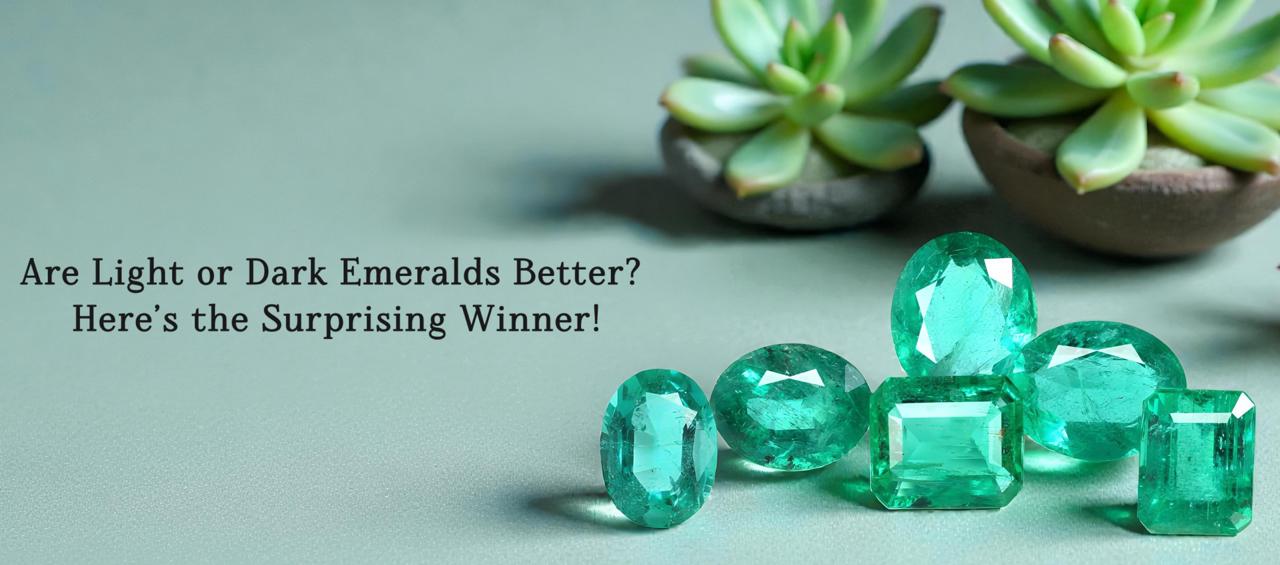
Are Light or Dark Emeralds Better? Here’s the Surprising Winner
December 24th, 2025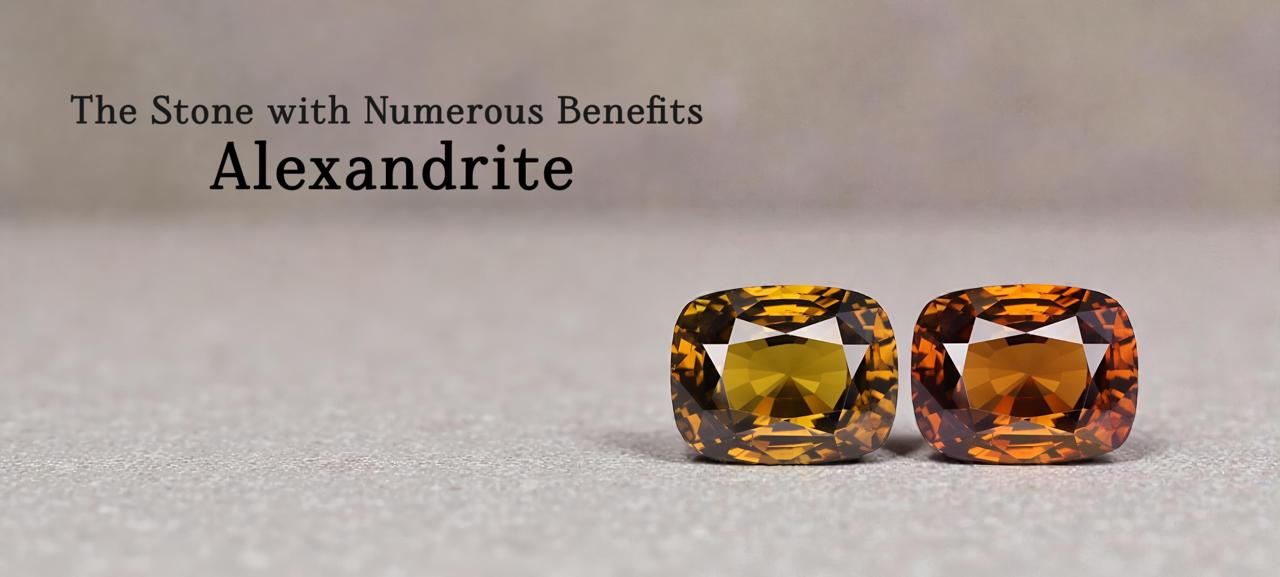
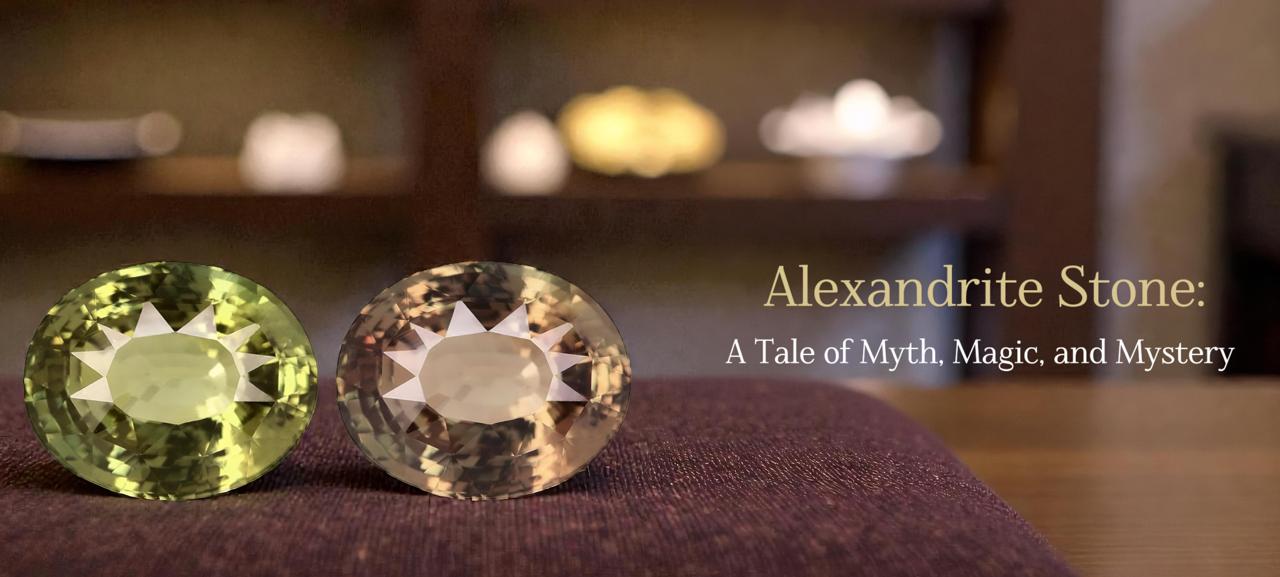
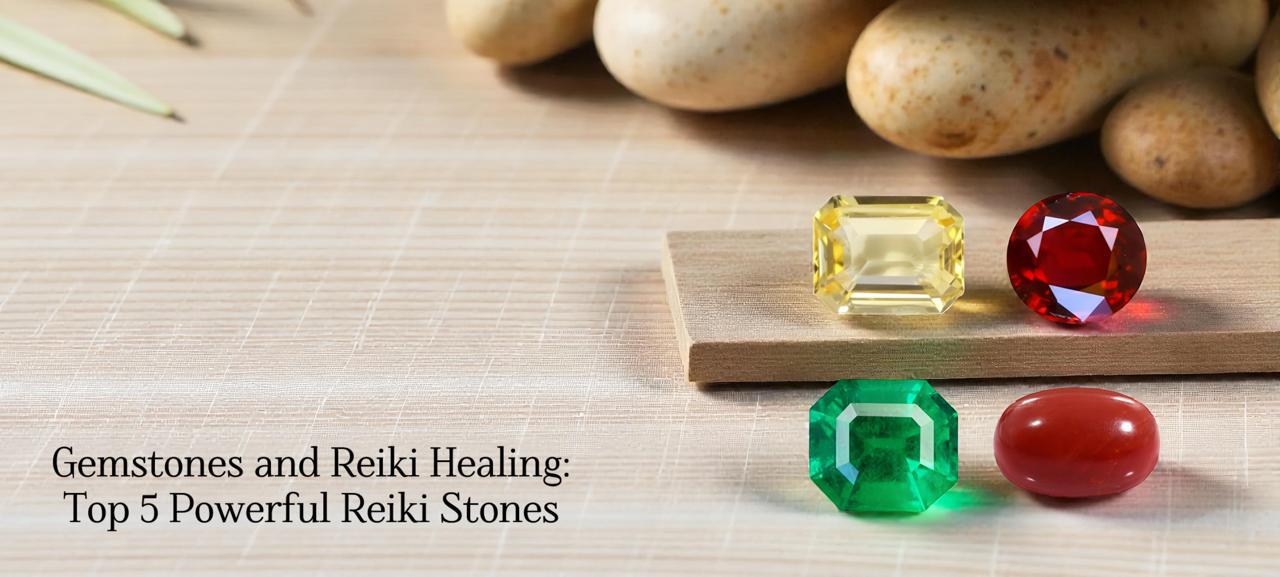
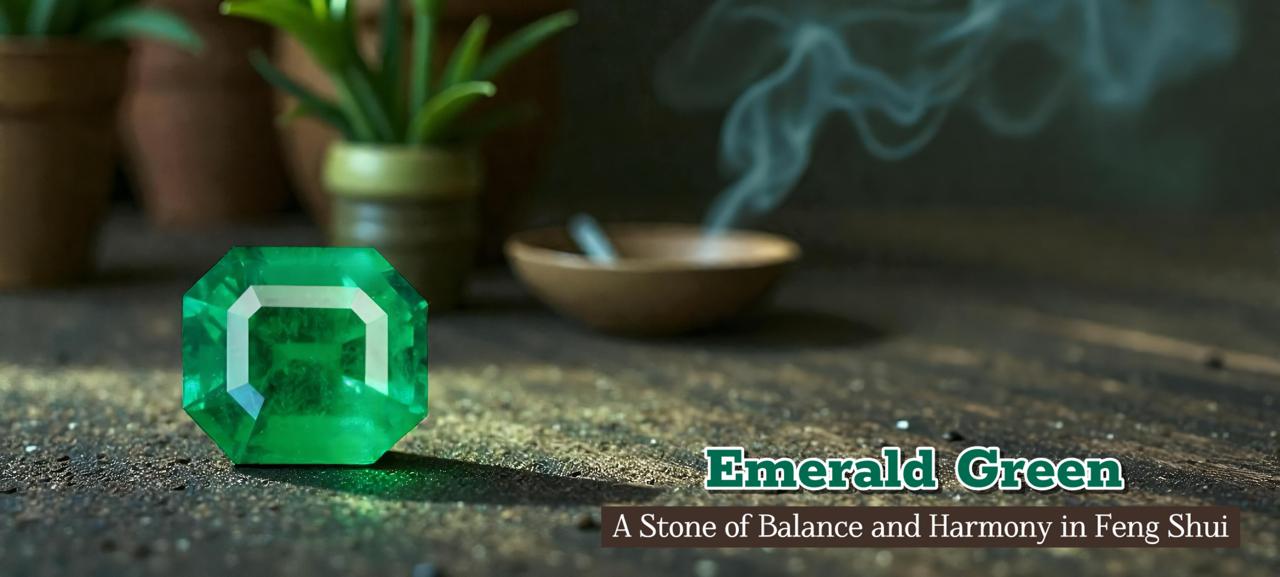
Emerald Green: A Powerful Feng Shui Stone for Balance and Harmony
December 15th, 2025